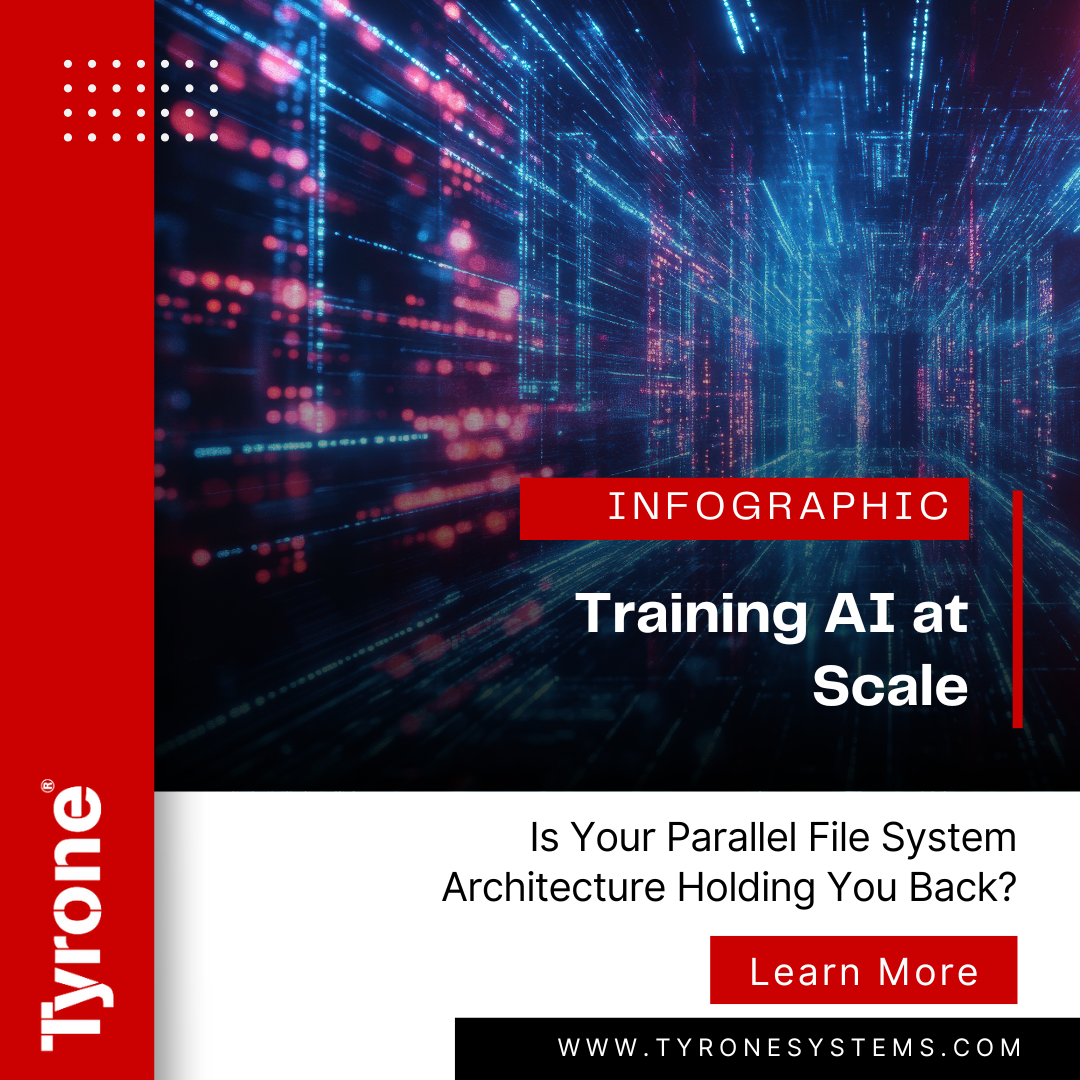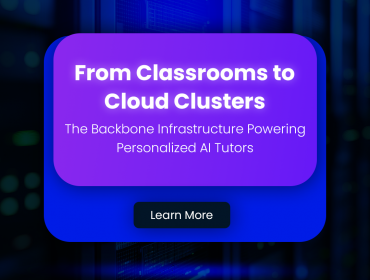As AI models explode in complexity—from trillion-parameter LLMs to real-time multimodal systems—the silent bottleneck isn’t just your GPU cluster; it’s often the storage struggling to feed the beast. Traditional file systems choke under the chaotic I/O patterns of distributed training jobs, where thousands of GPUs demand simultaneous access to ever-growing datasets. The result? Underutilized accelerators, stalled research timelines, and frustrated data scientists. Modern parallel file systems (PFS) are emerging as the unsung heroes of AI at scale, with Meta’s hyperscale clusters and OpenAI’s training runs leveraging architectures that deliver 2TB/s+ throughput and billions of IOPS. From shared dataset streaming to GPU-direct storage integration, we examine how next-gen PFS solutions eliminate storage bottlenecks—turning your AI infrastructure from a frustrated traffic jam into a frictionless superhighway. If your team waits more than 5 milliseconds for training samples, the answer isn’t more GPUs—it’s rethinking the storage backbone powering the AI revolution.
Get in touch info@tyronesystems.com











